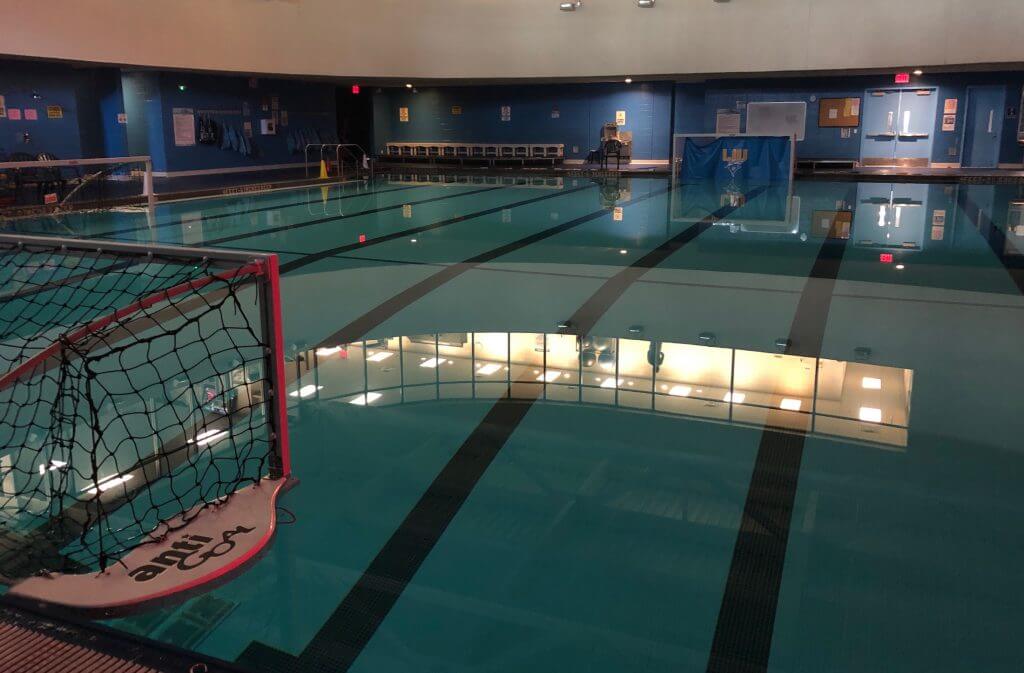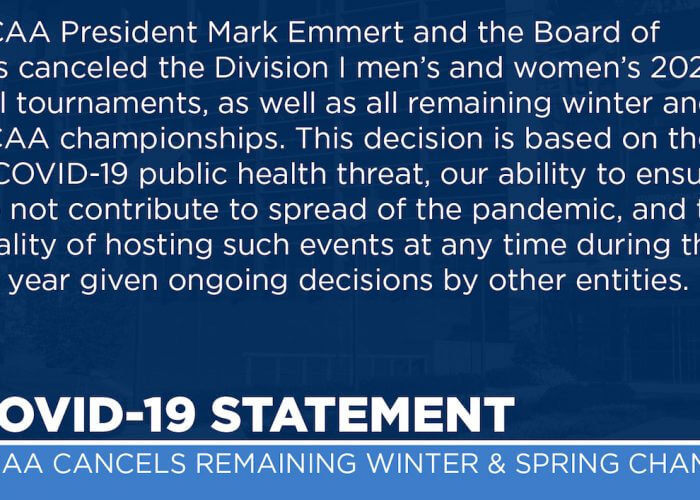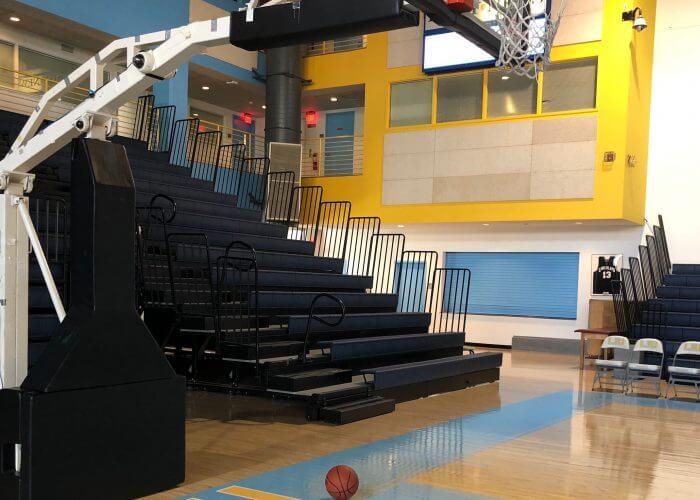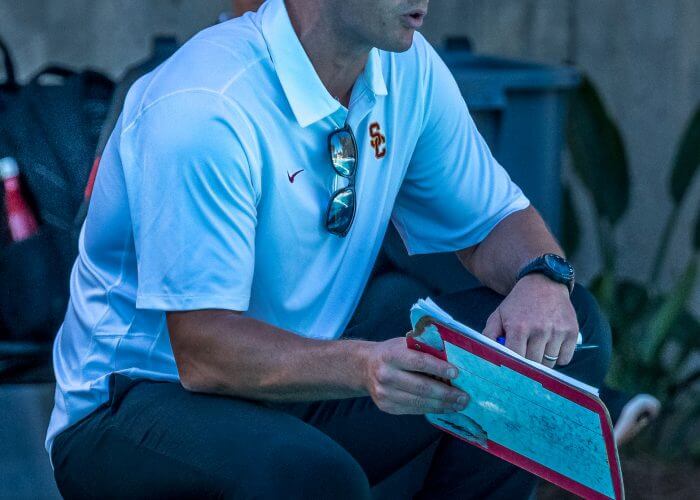Commentary: 2020 Spring Season Cancelled by NCAA is NOT the New Normal

FOMO: Fear of missing out. Nearly everyone has experienced that feeling of disappointment when they miss out on an important event in their lives. Whether it’s a game, a meet, a life event, the feeling is the same. It’s a loss of an opportunity. In most cases it’s for a singular reason; an injury, an illness, an inopportune outcome.
Thursday, all Americans got the same message about their beloved sports, boiled down to two words: Game Over!
For women’s varsity water polo players across the U.S., this was perhaps inevitable news. The catalyst was Rudy Gobert, an NBA player, who tested positive for COVID-19—resulting in the entire league suspending its operations. Most professional sports quickly followed suit.
[Like Dominos Falling: Big West, MAAC, Pac-12 Presidents Vote to Suspend Seasons]
The Ivy league cancelled its basketball tournament and schools like Harvard and Stanford were the first to cancel in person instruction and encouraged students to leave campus. The NCAA announced that its flagship event, the Men’s “March Madness” Basketball Championship, would go on, but without fans. But, a trickle quickly became a tidal wave of cancellations, and the classification of the coronavirus outbreak as a pandemic forced the NCAA to cancel not only the tournament, but winter and spring championships for all sports.
[Brown Water Polo’s Felix Mercado on Cancellation of Ivy Athletics: Doomsday for Our Season]
Pandemic is on everyone’s mind
We’ve all become budding public health experts in the last few weeks, learning—and applying with a practiced expertise—terms such as suppressed immunity, social distance, and pandemic. There’s no doubt in my mind that this is the right decision to protect the health and well-being of the entire planet.
 But, there’s also no question that this is an unprecedented situation in our lifetimes. For nearly 20 years, I expected that the most historic moment I would live through was the 9/11 attacks on New York City’s World Trade Towers and the Pentagon. But, recent events transcend that incredible moment. The COVID-19 crisis will ultimately affect millions and change the trajectory of more lives than anything that has happened before.
But, there’s also no question that this is an unprecedented situation in our lifetimes. For nearly 20 years, I expected that the most historic moment I would live through was the 9/11 attacks on New York City’s World Trade Towers and the Pentagon. But, recent events transcend that incredible moment. The COVID-19 crisis will ultimately affect millions and change the trajectory of more lives than anything that has happened before.
Sports have always been a part of my life—as a student-athlete, a parent, a coach, an official, an announcer, and recently, as a writer. I enjoy competition as a participant and a spectator. It’s always been an outlet for me, physically and emotionally. I’ve been involved in college water polo in some form or fashion since the 1970’s. And I’ve participated in NCAA championships in many ways, most recently as a writer for Swimming World. There is nothing more intense and exciting than championship water polo.
The current season in NCAA women’s water polo was shaping up to be one of the most compelling in years. There were the usual suspects; Stanford, USC and UCLA, at the top, despite missing national team players were rounding into form. They were developing new roles for players and starting to gel as the conference seasons were beginning.
There were programs that had assembled a crop of talented players, including UC Irvine, Hawaii and Arizona State—all of whom had hopes of crashing the top four. And, there were lots of compelling questions that ultimately get answered in 25 meters of water and 32 minutes of game time, the most important being: Who is better?

Photo Courtesy: M. Randazzo
I feel for the seniors who have no senior day, or last practice, or last game to play. I feel for the coaches who were getting ready for the stretch run of the conference season and the final tournaments. I feel for the officials who were working to earn a spot at conference tournaments and the NCAAs. The women’s season begins in the fall with conditioning and few, if any games, and plays through the relative cold of winter in outdoor games in California, which aren’t exactly balmy.
After the daylight savings time change in March, the season ramps up, the key games get played and everyone finds out who’s best. That’s the answer to the riddle that I love to see answered each season. Of course, there are more important things than this, but it’s what makes our game great.
To have it taken away—for now—will make it even more valuable when we get it back. Every other sport is going through a similar variation of this theme. And most of us are going through a giant reset for the foreseeable future. In my case I have no games to announce, nothing to watch or write about, and had two graduate students move into my house because their schools have wisely gone to remote instruction.
We are hunkered down for the duration… whatever that turns out to be.
Season Rewind: The P Word
At the Barbara Kalbus Invitational in February, USC head coach Marko Pintaric and UCLA’s Adam Wright, with a combined 45 years of experience in NCAA water polo, both alluded to the “P” word—parity—to describe the 2020 women’s water polo season. The first two months of the season gave a glimpse of the possibilities: UC Santa Barbara beating UCLA and UCSD beating CAL. Stanford, despite a single loss, had already survived narrow one-goal matches against UCI and ASU, which is remarkable considering their history of dominance over those programs.

USC’s Marko Pintaric. Photo Courtesy: Minette Rubin
The Big West was shaping up for a great season of competition. Just last weekend, Cal State Northridge took UCSB to overtime before falling, while Long Beach State held off newcomer UCSD in a low scoring battle. UCI picked off California last week to go 2-1 against the Bears in 2020 and was set to square off with UCLA this coming weekend before mass cancellations.
It is a shame that the 2020 season is like a best selling author’s unfinished manuscript: an intriguing start, but a premature, and unfulfilling ending. Many of the factors that contributed to these conditions will revert to status quo in 2021, when the national teamers return to their college teams, and recreate the talent gap between the top five and everyone else. So the question of who’s best this year will go unanswered—and the 2020 season will be marked with a grade of incomplete.
All commentaries are the opinion of the author and do not necessarily reflect the views of Swimming World Magazine nor its staff.



